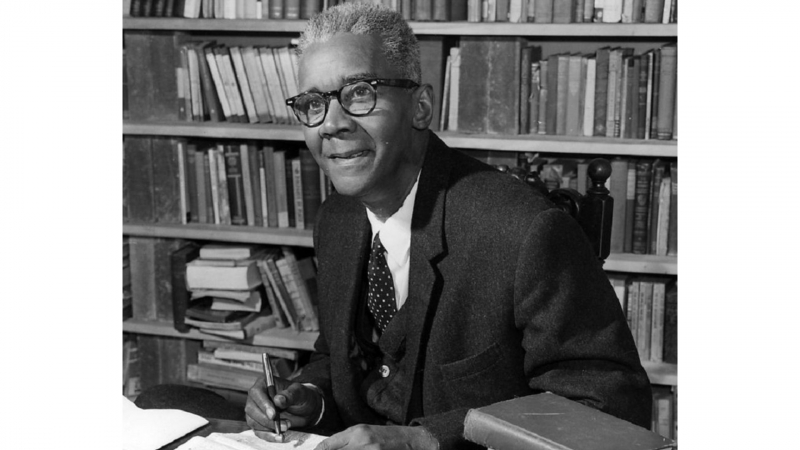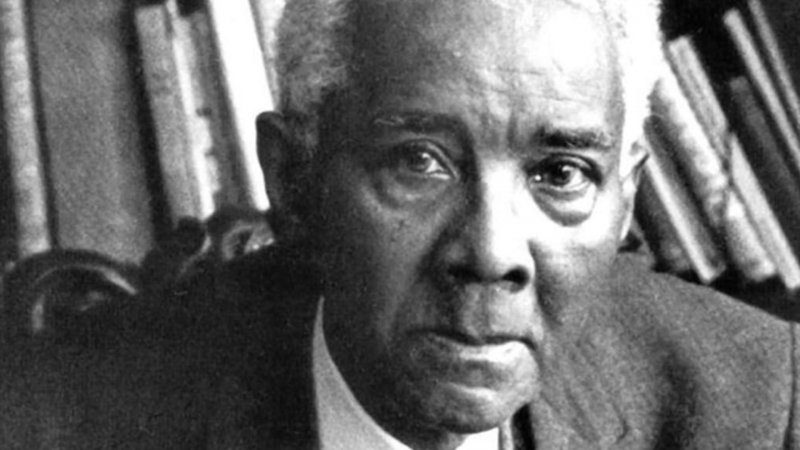CLR James
Cyril Lionel Robert James (4 January 1901 – 31 May 1989), was a Trinidadian historian, writer, and Marxist who wrote under the pen name J. R. Johnson. His works have had an impact in a variety of theoretical, social, and historical contexts. His writing is a Marxist staple, and he is regarded as a pioneering and prominent voice in postcolonial literature. A dedicated political worker, James is the author of World Revolution, a 1937 work describing the history of the Communist International that sparked dispute in Trotskyist circles, and The Black Jacobins, a 1938 treatise on the Haitian Revolution.
One literary critic described James as a "anti-Stalinist dialectician," and he was recognized for his autodidactism, occasional playwriting and fiction - his 1936 novel Minty Alley was the first novel by a black West Indian to be published in Britain and his love of sports. He is also well-known as a cricket writer, and his 1963 book Beyond a Boundary, which he described as "neither cricket reminiscences nor autobiography," is often regarded as the best single book about cricket, and even the best book about sports ever written.
While in Trinidad, James began to agitate for West Indian independence. In 1933, Leonard and Virginia Woolf's Hogarth Press published a shortened version of his Life of Captain Cipriani as the pamphlet The Case for West-Indian Self Government. He was named Chair of the International African Friends of Abyssinia, afterwards renamed the International African Friends of Ethiopia (IAFE), a group created in 1935 in response to the Italian fascist invasion of Ethiopia (the Second Italo-Abyssinian War). Amy Ashwood Garvey, Jomo Kenyatta, and Chris Braithwaite were among the key members.
He eventually returned to Britain in 1981 and spent his final years in Brixton, London. In the 1980s, he received an Honorary Doctorate from South Bank Polytechnic for his body of sociopolitical work, which included work on race and sport. James died on May 19, 1989, in London, of a chest infection, at the age of 88. That's all about the third most important historical figure in Trinidad and Tobago we want to mention!





